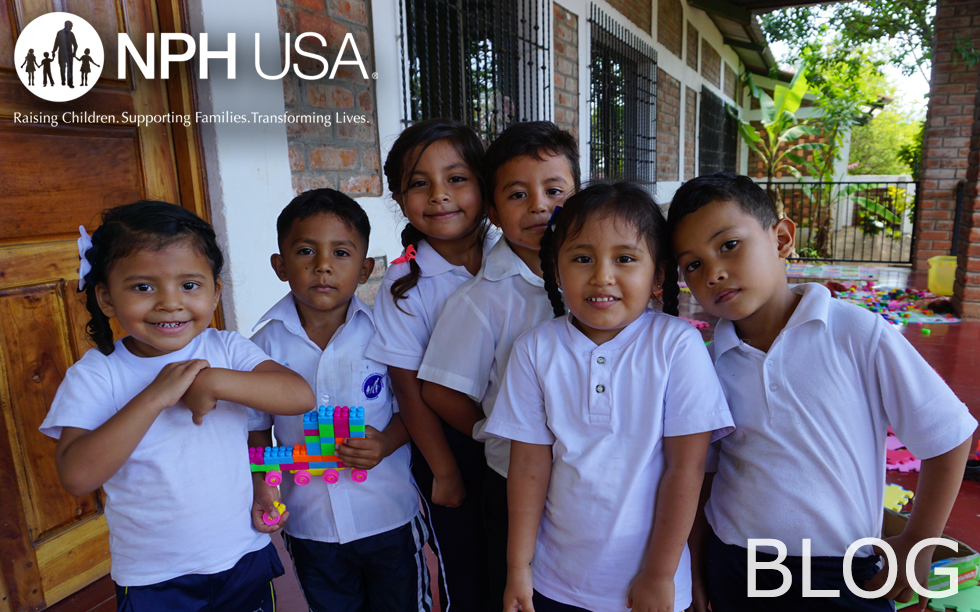In the Family Services division, the International Leadership Institute Pilot Program was launched where five pequeños were able to begin studying English and leadership courses in Seattle, Washington.
Our Vaccine Catch Up program, part of our Medical Services division, was a huge success this year for our children in need.
At NPH Mexico we had our largest university group yet with 105 students and 18 graduates this year!
Construction on a new bakery, cheese making facility and greenhouse was completed this year at NPH Honduras to help make the home more sustainable.
Over 100 new children arrived at the St Helene and Fr. Wasson Angels of Light homes in Haiti, and the construction of a new housing complex for Don Bosco students was completed. We are also very happy to say we successfully treated 20,000 Cholera patients this year.
At NPH Nicaragua construction of a primary school, clinic, visitor house, and the National Director house was completed.
NPH Guatemala saw the construction of their Montessori school completed as well as their first solar panels installed.
El Salvador's brand new leadership group was formed this year, and we are excited to say this is one of the first groups from NPH ES that will engage in outreach with the surrounding community!
Everyone at NPH Dominican Republic is thrilled about our new speech therapy program, empowerment groups, sign language and pottery classes.
In Bolivia our family grew this year from 86 to 104 children.
In October the children and staff of NPH Peru finally moved to their brand new home in Cañete.
Everyone at the opening of the new NPH Peru home!
Thank you so very much for making 2011 a wonderful year! There is always more work to be done and children to support, and we are looking forward to another successful year in 2012. Happy New Year! Thank you for being a Friend!!








































